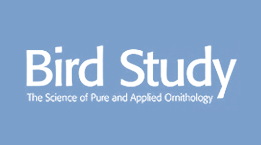Can climate matching predict the current and future climatic suitability of the UK for the establishment of non-native birds?
Capsule: Current UK distributions of non-native birds poorly match areas identified as being climatically suitable.
Aims: Non-native species are spreading at unprecedented rates and though invasions are expected to increase under climate change, evidence for this is mixed. We assess climatic suitability throughout the UK based on the apparent match to the climate in species’ native ranges and investigate potential climatic limitation within the non-native range.
Methods: Climate was characterized within polygons representing the native ranges of 167 potentially invasive species. Parts of the UK with current and future climate similar to that in the native range were deemed climatically suitable. The incidence of recent observations inside and outside suitable areas was used to test hypotheses about climatic limitation of non-native ranges.
Results: Climate matching suggests that 69 of 167 non-native bird species could currently find climatically suitable areas for establishment in the UK. Future climate change would see this number increase by 14% by 2080. However, observed occurrences of non-native species in the UK were not significantly correlated to climatic suitability. Only 44 of the 69 species with suitable climate in the UK were present. Moreover, 85% of species observed in the UK had some UK occurrences in climatically unsuitable areas and for 57 species their entire UK range was in climatically unsuitable areas. Similar results were apparent for the subset of 12 species with established UK populations.
Conclusions: Climate matching provides a relatively poor indication of the extent of current and future suitable areas because species can adapt to new climates or other factors constrain the native range and many climatically suitable areas are currently unoccupied. Improvements to climate matching techniques and ongoing surveillance are required to refine predictions to support effective management policies.


